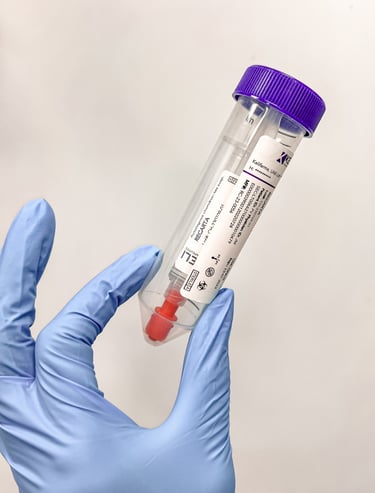
Treatment Options
If cartilage is left untreated, it might progress to irreversible damage
Surgical techniques at the disposal of your doctor for cartilage treatment
Autologous cell-scaffold based articular cartilage regenerative technology
RECARTA
RECARTA technology, consisting of autologous chondrocytes combined with a biological scaffold. Culture-expanded cells are seeded on a scaffold and a medicinal product is formed.
RECARTA is placed in the knee defect area where the pathological cartilage was removed. The resultant tissue shares properties with hyaline cartilage - the durable tissue found in healthy articular cartilage.
This treatment has been shown to provide long-term cartilage regeneration, long-lasting pain relief and improve knee function.


Microfracture (bone marrow stimulation)
The microfracture procedure involves the creation of small holes in the bone to cause bleeding, which in turn stimulates the growth of new cartilage cells.
Microfracture with membranes
The microfracture and membrane combination approach, a matrix-assisted technique used to treat grade III or IV cartilage lesions, has been studied and is recommended for small knee chondral and osteochondral defects based on recent meta-analyses.
The formation of fibrocartilage lacking the tensile strength of native hyaline cartilage
Limitations
Substantial injury to the subchondral bone causing edema and cyst formation
Intralesional osteophytes in the repair cartilage area
Reduced patient-reported outcomes after two years
